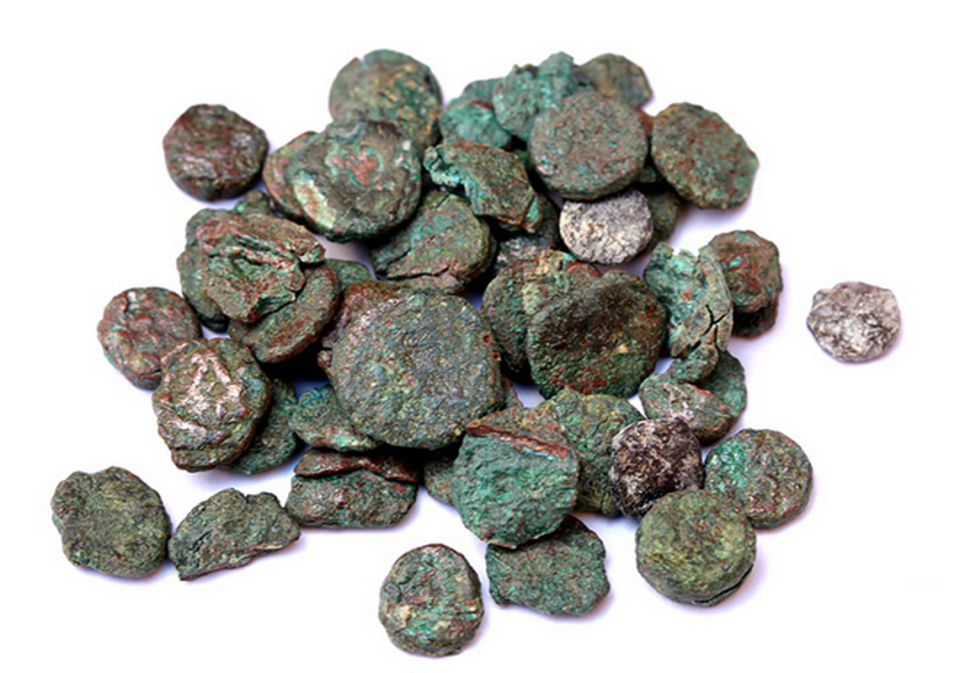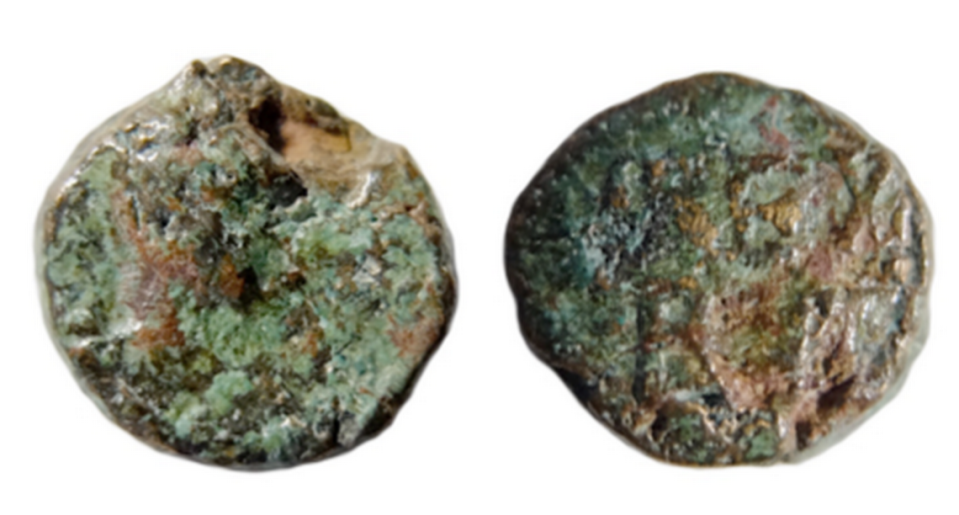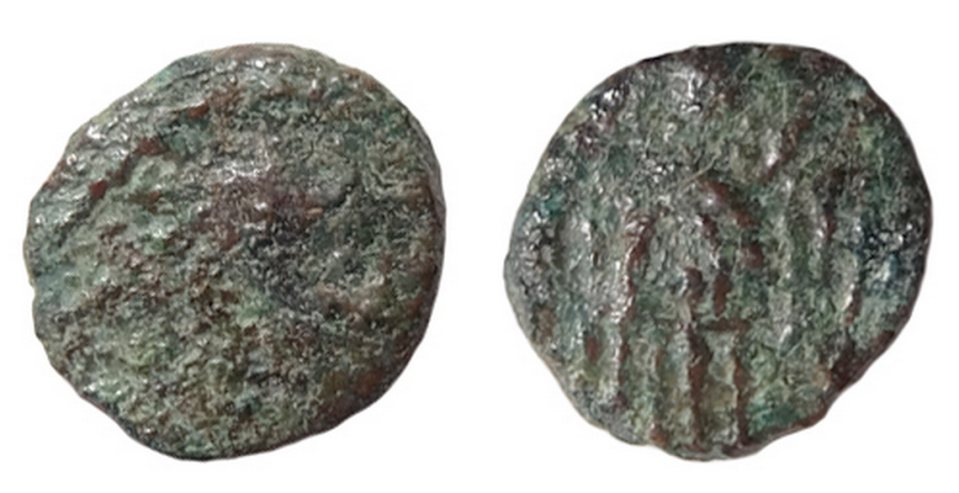Thousands of coins — many in ancient pouches — found in 1,500-year-old Egypt city
- Oops!Something went wrong.Please try again later.
More than 1,500 years ago, a thriving harbor town southwest of Alexandria, Egypt, was a trading center known for its impressive architecture and tasty wine.
Recent excavations in the city known as Marea unearthed more than 8,000 ancient coins. But it wasn’t until experts took a closer look at a collection of “less attractive,” smaller coins that they realized they had found artifacts that would change their understanding of history.

The ancient coins were known as nummi minimi, and they measured just a few millimeters in diameter, the University of Warsaw told Science in Poland, a subset of the national news agency, according to a Dec. 10 post. Most of the coins were “stored in pouches.” The remains of the pouches were found at the site.
Among the nummi minimi, experts identified coins minted in Carthage by the Vandal kings and Justinian, who ruled the Byzantine empire from 527 until 565. There were also Ostrogothic coins — from the Ostrogoth empire and Gothic kingdom in Europe — that, according to researchers, “began to flow widely into the eastern Mediterranean after the Ostrogothic kingdom was ended by Justinian.”

Other coins in the collection were local Egyptian imitations, the university said in a news release Nov. 22. These coins resembled those minted by the Aksum kingdom in Africa and the Egyptian city of Alexandria.
Another portion of the coins were blanks, the university said. Blanks were empty discs of copper or lead that served as substitute coins.

The discovery changes researchers’ understanding of money in Egypt, the university told Science in Poland.
“The material culture of this rich Byzantine city gives an idea about the most important city in the region — Alexandria,” Piotr Jaworski, who is leading the research, told the outlet. “Due to the rapid development of the city in the 19th and 20th centuries, the possibilities of conducting archaeological research there are extremely limited, and the state of research on monetary finds is far from satisfactory.”
The coins indicate that Egypt was “part of an economic zone extending far beyond the territory of the country and covering large areas of the eastern Mediterranean,” according to the post.
Google Translate was used to translate a release from the University of Warsaw.
Rare 1,000-year-old coin — with depiction of Jesus — unearthed by metal detectorist
Silver treasures hid beside main road in Poland for 700 years — until now. See them
Metal detectorist scans hill in Poland — and unearths rare 11th-century treasure

